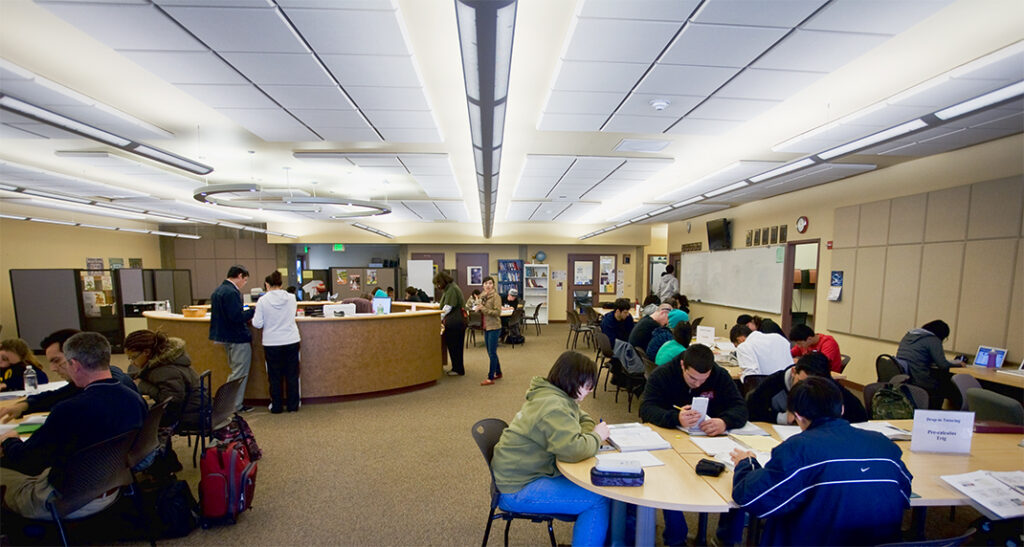Foster students are significantly less likely to enter community college than other students, and about half of those who do don’t return after their first year. These dismal outcomes are behind a bill that would develop a pilot program to offer these students more support.
Community colleges already help disadvantaged students through Extended Opportunity Programs and Services (EOPS), a state-funded program. Senate Bill 1023, introduced by Sen. Carol Liu (D-Glendale), would allow community colleges to establish a supplemental component of the program just for foster students. Colleges would have to apply to the system’s board of governors for the funds. The bill has passed the Legislature and is awaiting action by the governor.
“There is a clear need to have some additional support services for foster youth at the college level,” said Robert Oakes, legislative director for Liu. “They consistently seem to be at a disadvantage.”
The bill originally included $5 million for the pilot program, but the funding was removed.
Sen. Liu “thinks it’s a positive step that helps needy kids,” Oakes said. “It’s important to have the structure in place so if there is funding in the future, it can be done more quickly.”
The funding could be used to provide academic, career and mental health counseling; to monitor academic progress; and to give tutoring and mentoring support. Funds could also be allocated to teach independent living skills and for housing assistance, child care, transportation, books and supplies.
SB 1023 would allow foster youth and former foster youth under the age of 26 to receive these services even if they took only nine units a semester instead of the usual EOPS requirement of 12 units. It would also require colleges to submit a biennial report describing their efforts to serve those students.
The bill complements new state efforts to provide extra support to K-12 students in foster care. Under the new school finance system, more funds are allocated to foster students as a group, and beginning in 2014-15, districts will be required to set academic goals for them.
Each year, about 4,000 foster youth are emancipated or “age out” of the foster care system. Beginning in 2014, foster youth can continue in the system up to age 21 if they meet certain conditions. One of those conditions is being enrolled in a postsecondary or vocational education institution.
To get more reports like this one, click here to sign up for EdSource’s no-cost daily email on latest developments in education.
